The thinking of finding packing material on a budget is quite an overwhelming experience. It often feels like there’s an endless list of things to do.
One of the biggest challenges many people face when moving is figuring out how to pack everything safely without spending a fortune.
But here’s the good news: there are plenty of budget-friendly packing materials that can make your move a lot easier and lighter on your wallet.
Why Packing Materials Matter
Before we jump into the list of budget-friendly packing materials, let’s talk about why packing materials are so important.
Did you know that around 20% of people report damage to their items when moving? And much of this damage is due to improper packing.
Whether it’s fragile glassware or your beloved electronics, using the right packing materials can save you a lot of heartache (and money) in the long run.
And if you are on short notice, learn How to Pack and Move in 3 Days.
Recycled Cardboard Boxes
When it comes to packing, cardboard boxes are usually the first thing that comes to mind. But instead of buying new ones, consider using recycled cardboard boxes.
Many grocery stores, liquor stores, and big-box retailers are more than happy to give away their used boxes for free. Just make sure they’re clean and sturdy enough to protect your belongings.
Quick Tip: You can also check online marketplaces like Craigslist or Facebook Marketplace for people who are giving away free moving boxes. In fact, a recent survey showed that nearly 40% of people who recently moved opted to reuse boxes from previous moves or get them from someone else.
Towels and Blankets
Why spend money on bubble wrap when you can use what you already have at home? Towels, blankets, and even sheets make excellent padding materials for fragile items like dishes, glassware, and even electronics. Not only does this save you money, but it also cuts down on the amount of packing material you need to dispose of after your move.
Think about it—if you’re moving a 3-bedroom house, using your own linens as packing material could save you up to $50 to $100 on bubble wrap and packing paper. Plus, it’s more eco-friendly!
This will help you a lot: How to Pack Fragile Items.
Newspapers and Magazines
Remember when people used newspapers for everything? It turns out they're still great for packing. Newspapers and magazines can be used to wrap fragile items, fill empty spaces in boxes, and even protect the corners of furniture.
Did You Know? A study found that 60% of people moving in the U.S. still use newspapers as a primary packing material. It’s a classic for a reason!
Clothes as Cushioning
Here's another clever trick: use your clothes as padding. Socks, t-shirts, and sweaters can all be used to wrap around fragile items or fill box gaps. This method not only saves you money on packing materials but also helps save space by letting you pack two things at once.
Bonus Tip: Roll your clothes instead of folding them to save even more space. According to packing experts, rolling clothes can save up to 30% more space in your boxes!
Plastic Bins
While cardboard boxes are great for a one-time move, plastic bins can be a smart long-term investment if you move frequently or need extra storage afterwards. They are durable, stackable, and protect against water damage—something that cardboard boxes can't promise.
You can often find plastic bins on sale at major retailers, which can be reused multiple times. In fact, a survey by Moving.com found that nearly 25% of frequent movers prefer plastic bins over cardboard boxes for their durability and reusability.
Free Moving Supplies from Community Groups
Did you know there are entire communities dedicated to giving away free stuff? Check out your local Buy Nothing group on Facebook or join some community groups.
People often give away moving supplies like boxes, bubble wrap, and packing peanuts, especially if they have recently moved themselves.
Make sure to read this, too: Where to Buy Bubble Wrap Near Me.
DIY Packing Materials
If you are feeling crafty, there are plenty of DIY packing solutions you can try. For instance, you can make your own packing peanuts by shredding old newspapers or using popcorn (just make sure it's unbuttered!). Or, you can cut up old pool noodles to protect the edges of your furniture.
Fun Fact: Did you know that over 15 million tons of textile waste is generated each year in the U.S.? By using old clothes and fabrics as packing material, you’re not just saving money—you’re also helping reduce waste!
Renting Moving Supplies
If you don’t want to buy packing materials, consider renting them. Many moving companies offer rentable moving supplies like plastic crates, padded blankets, and dollies. This can be a cost-effective option, especially if you’re moving locally and don’t want to deal with the hassle of disposing of packing materials after your move.
Packing with Green Alternatives
For eco-conscious people, consider using green packing materials like biodegradable packing peanuts, recycled cardboard, or even cornstarch-based packing peanuts. While these options might be slightly more expensive up front, they're better for the environment and can be a good investment if you want to reduce your carbon footprint.






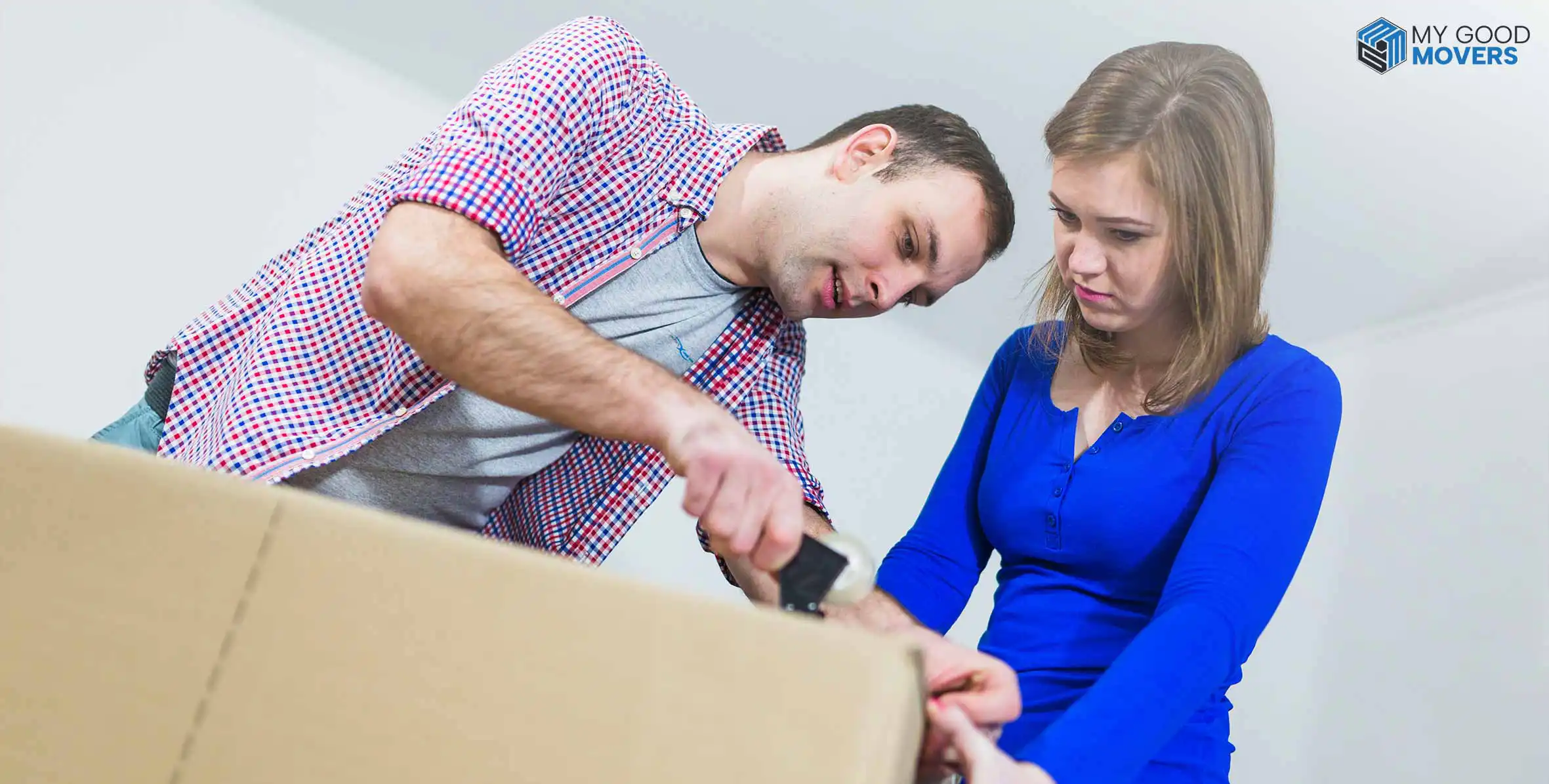
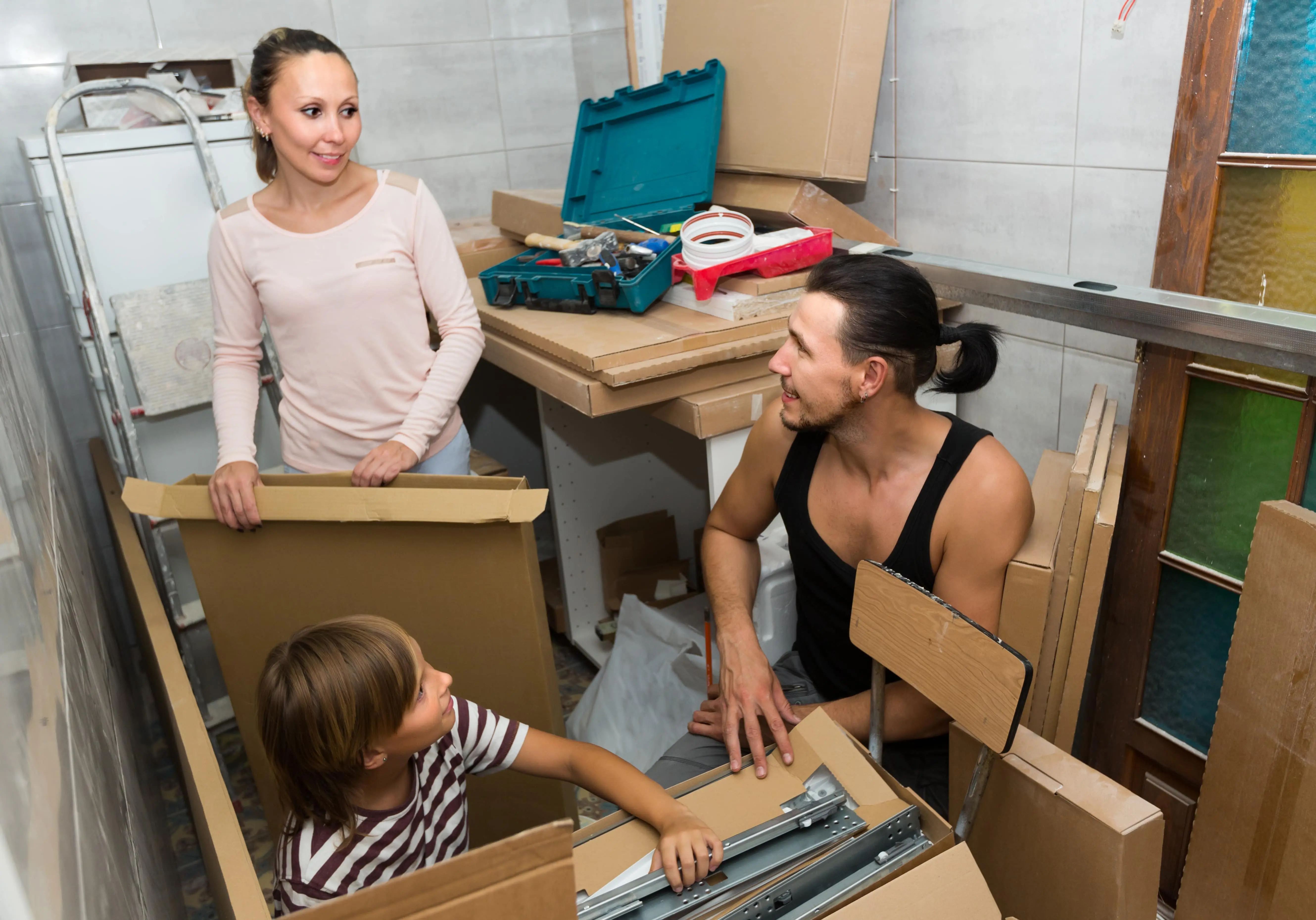

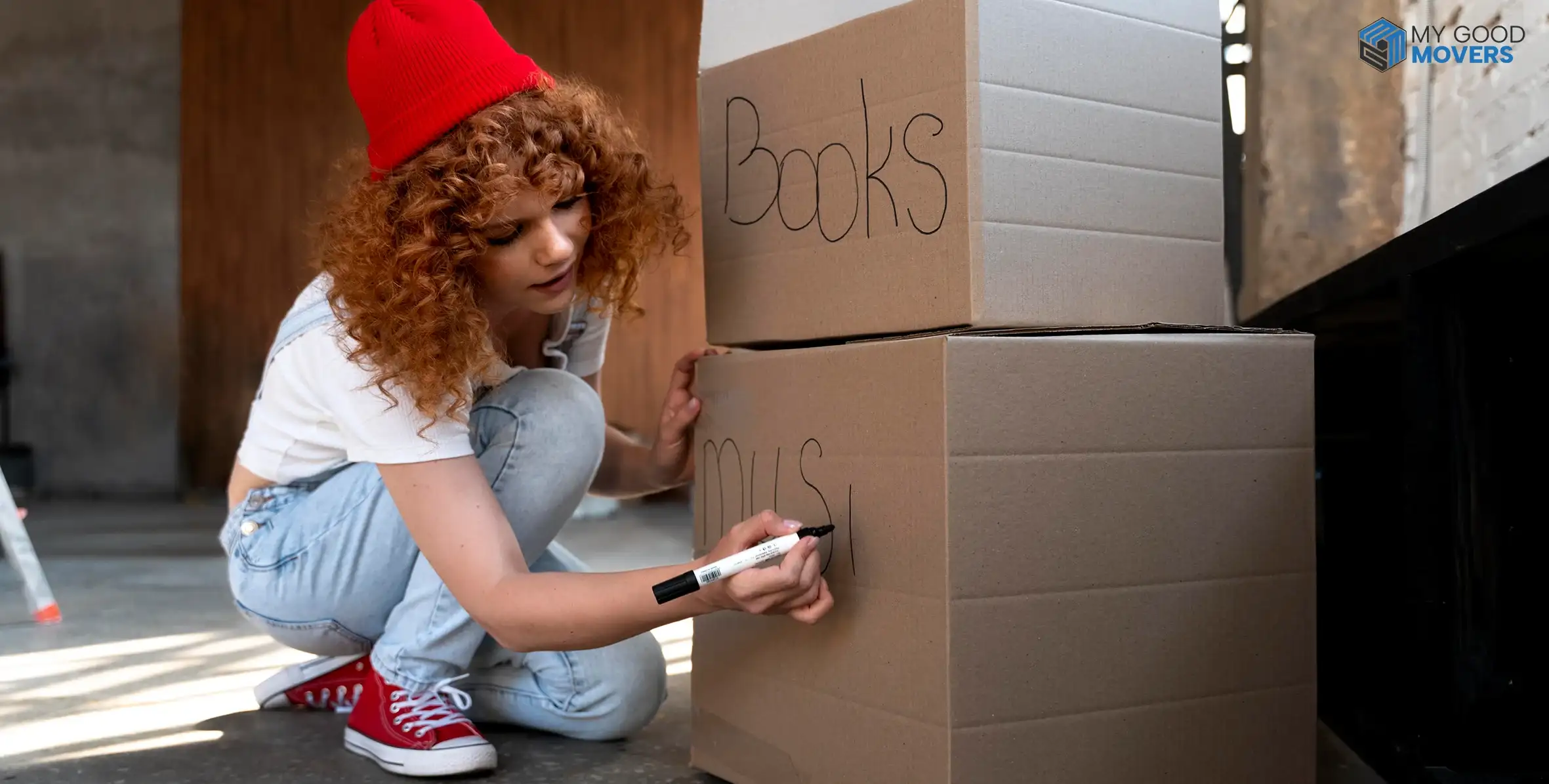
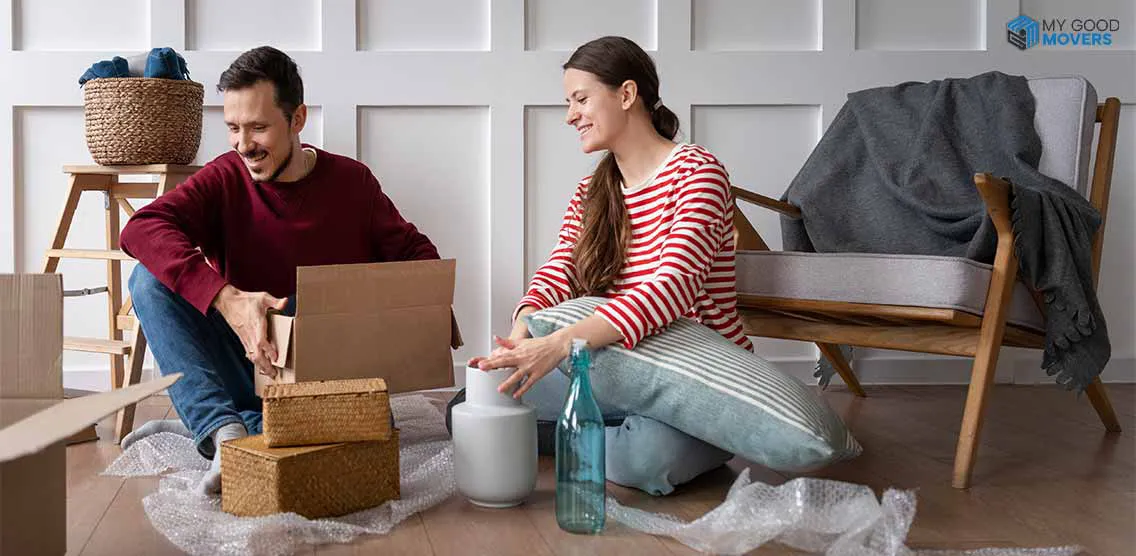
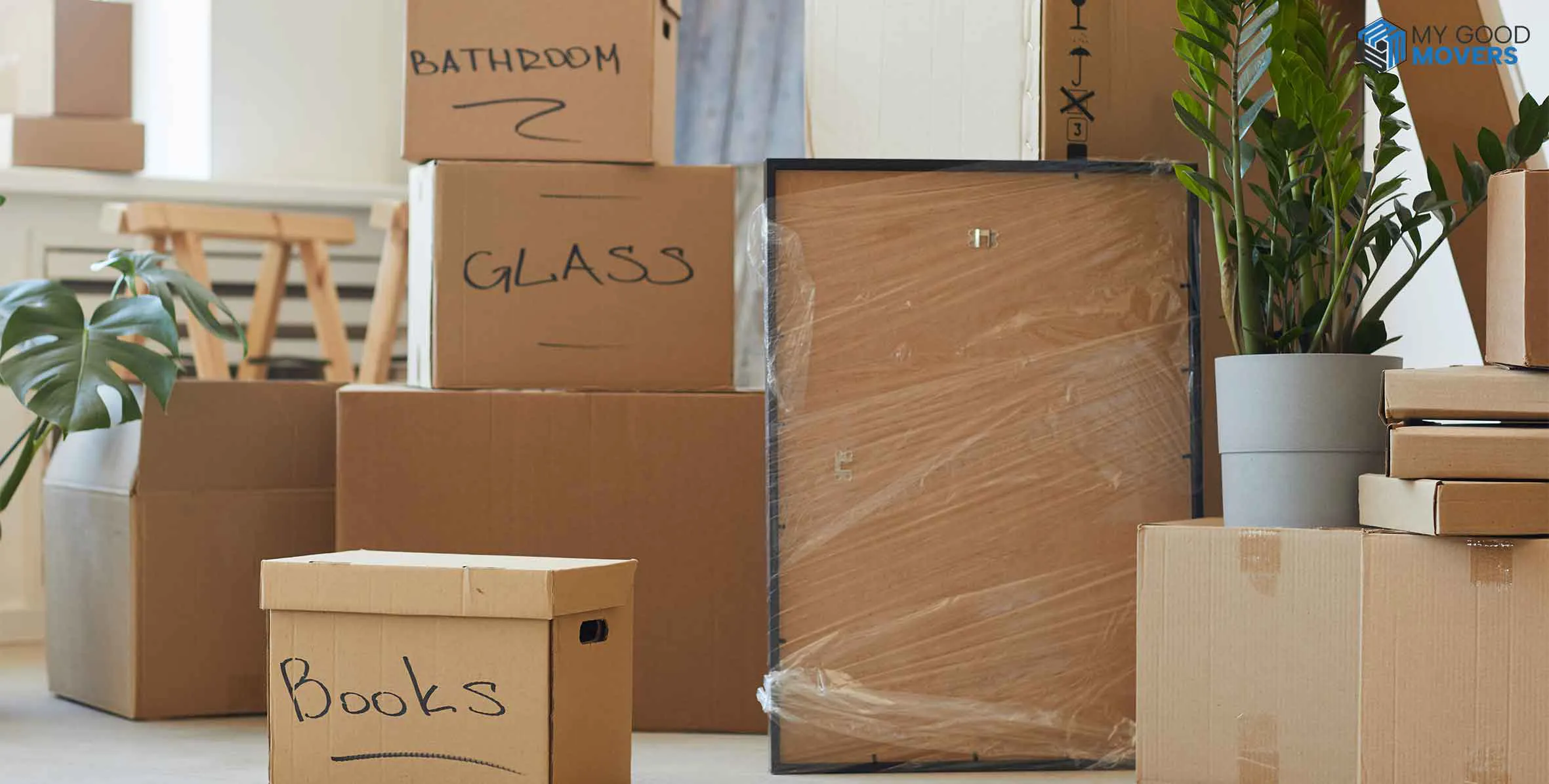
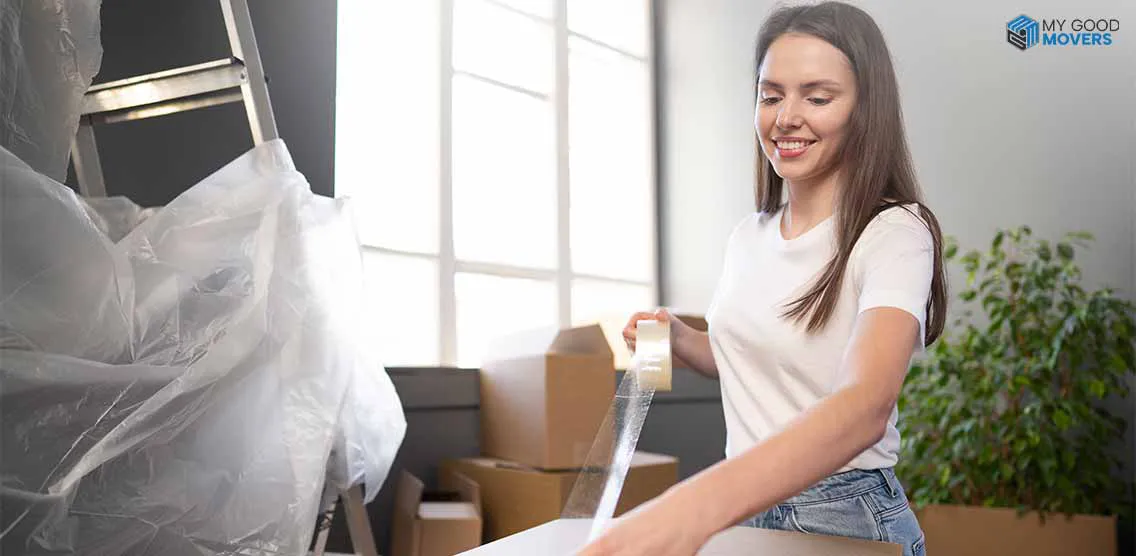












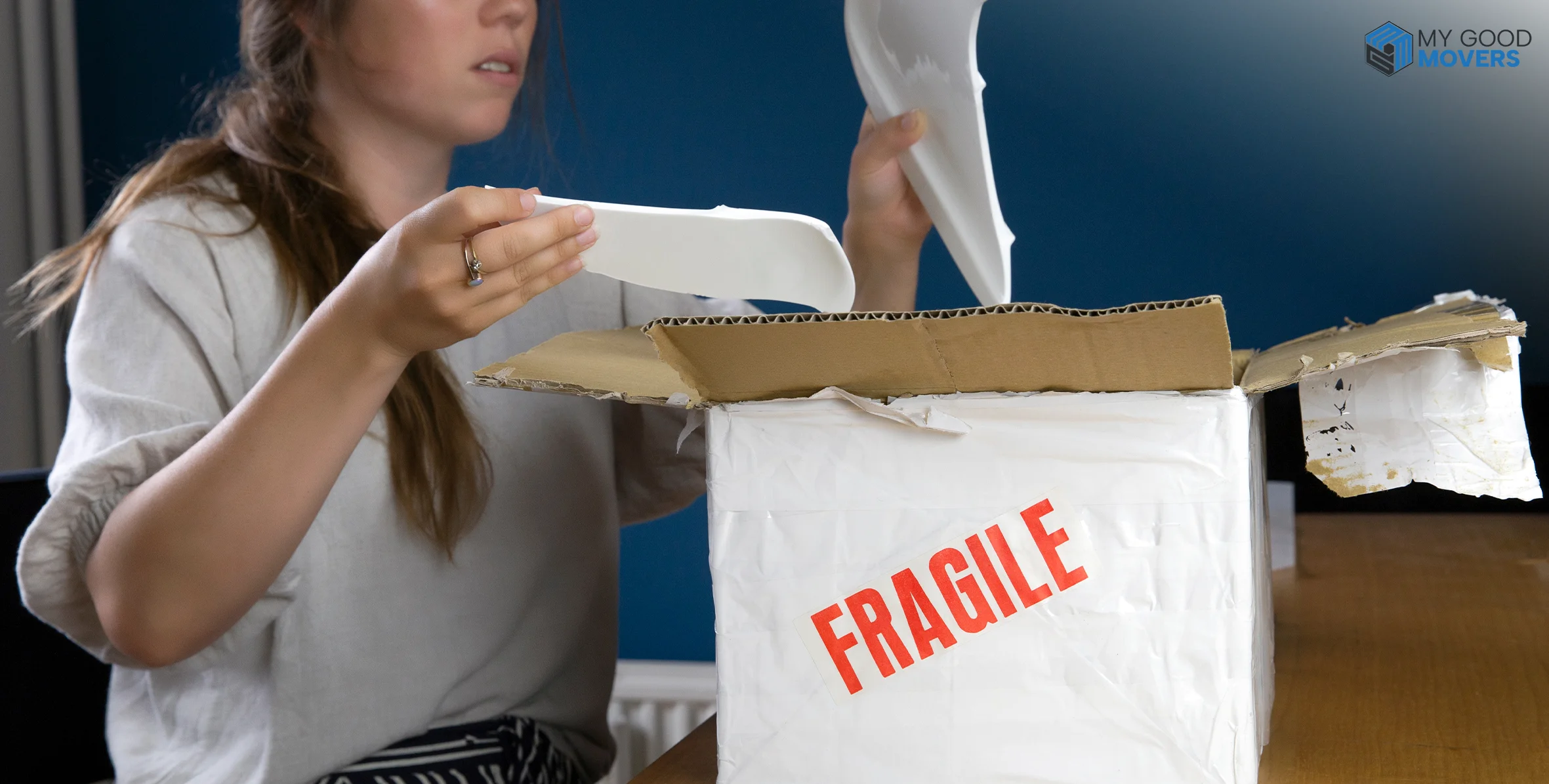

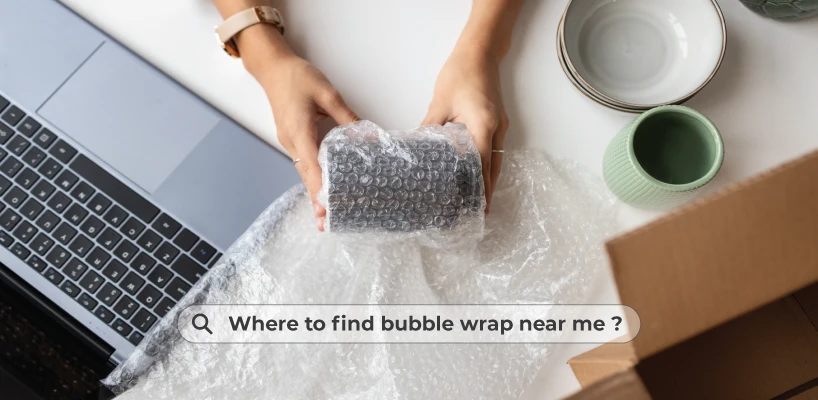
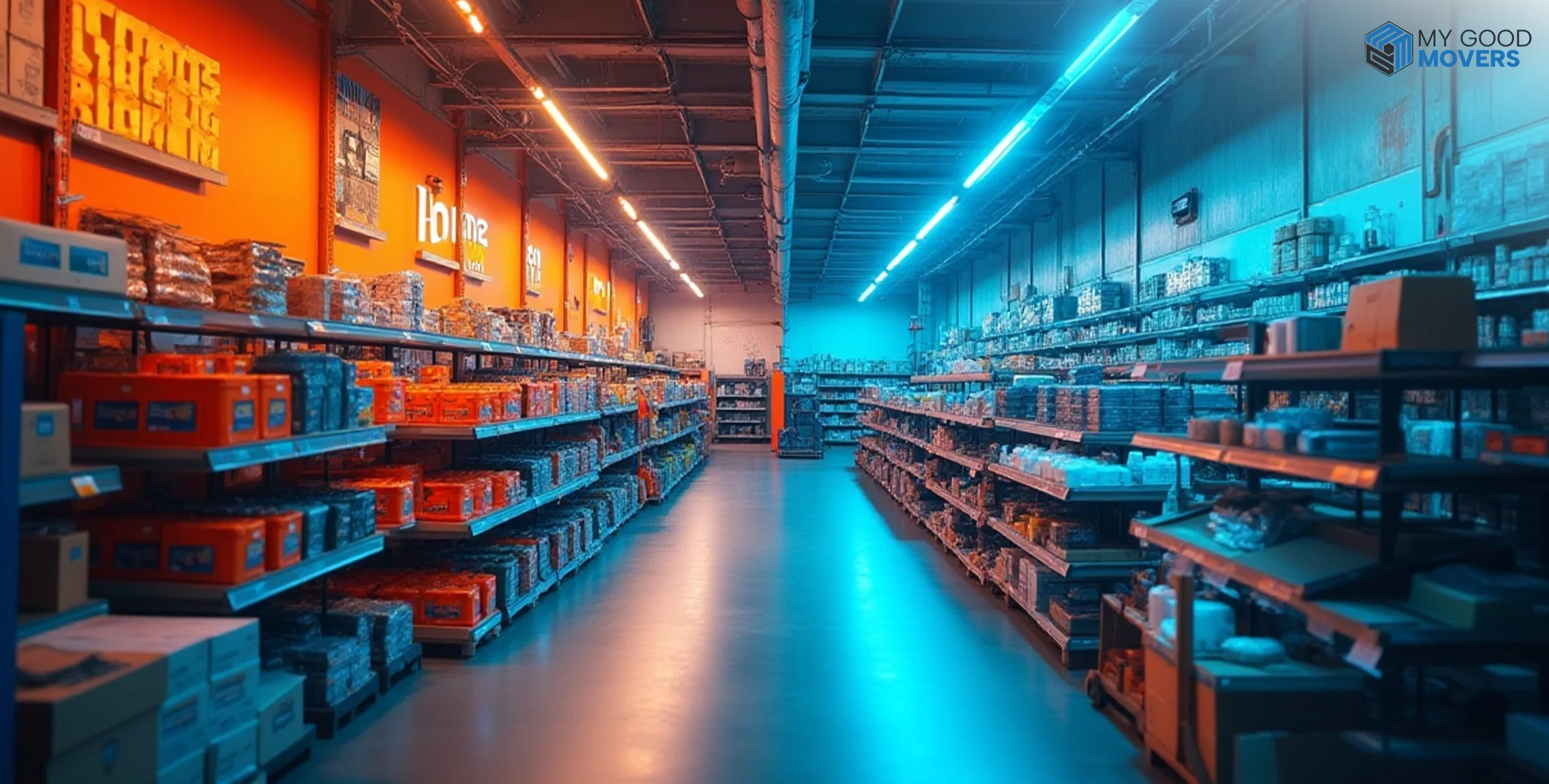

 (239) 799–6077
(239) 799–6077